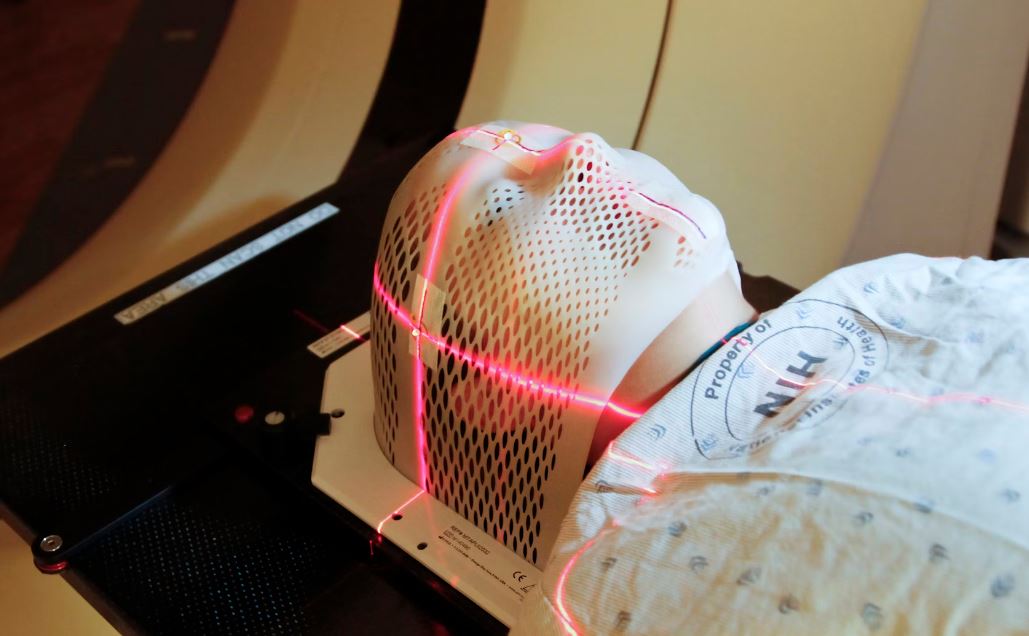Over the years, laser processing has emerged as a powerful healthcare industry innovation. This technology uses a laser beam to alter a material by bonding, removal, or surface reforming. Its applications span diagnostics, treatments, and devices, offering better outcomes and reducing recovery times.
According to statistics, the global medical laser systems market was worth $4.52 billion in 2022 and is projected to grow at an impressive rate of 15.2% annually from 2023 to 2030. The numbers are only the tip of the iceberg because laser applications extend beyond surgical and cosmetic procedures. They extend to the device manufacturing units as well.
In this article, we will highlight the transformative applications of laser technology in the healthcare industry.
Precision Surgery
Precision surgery eliminates the guesswork and ensures accuracy and improved outcomes in surgical procedures. Laser technology is a ubiquitous part of the technique. It minimizes damage to surrounding tissues while targeting a specific area. For example, the fiber-laser beam is highly recommended for minimally invasive neurological surgeries in neurological pathologies and oncology.
In fields such as ophthalmology, LASIK is the new normal in vision correction surgeries. The technique uses laser pulses to reshape the cornea and correct improved vision without the need for traditional surgical tools such as scalpels.
Cosmetic and Dental Procedures
Laser cosmetic procedures such as laser skin resurfacing and hair removal are popular in the cosmetology domain. These treatments work to target specific skin layers or hair follicles. They offer better outcomes with shorter recovery periods and minimal scarring. In most treatments, the results are permanent as well.
The use of lasers in the field of dental treatment is another healthcare innovation. Laser tools are an integral part of a dentist’s toolkit, facilitating the treatment of tooth decay, gum disease, teeth discoloration, and lesions. In surgical dentistry, the laser helps cut the tissue with precision, YAG, Diode, and CO2 are the most widely used laser technologies in cosmetic and restorative dentistry.
Cancer Treatment
Laser ablation and photodynamic therapy (PDT) are widely used in various cancer treatments. In laser ablation, a narrow, intense beam is used to destroy or remove cancerous cells in a specific area. Since tumor cells absorb light of different wavelengths, they can be targeted with the proper wavelength of the laser.
Similarly, PDT is a two-stage treatment that combines laser with photosensitive drugs that selectively accumulate in cancerous tissues. A specific wavelength of light energy activates these drugs to selectively target the cancerous tissues. With this less invasive method, there is minimal damage to healthy tissues.
Medical Device Manufacturing
Besides surgical and aesthetic treatments, laser processing solutions play a significant role in medical device manufacturing. They offer various applications in device manufacturing, from cutting devices to marking unique device identifiers (UDIs), coding, drilling, and micromachining. The use cases span the entire production process, from raw materials to finished products.
According to Novanta Photonics, laser technology offers the benefits of versatility, efficiency, and precision. Not surprisingly, manufacturers are keen to adopt it for good as a part of their manufacturing processes. Processes like marking, welding, cutting, and micromachining require great precision in this field, making laser processing a perfect choice.
Diagnostic Imaging
Diagnostic imaging is another field of healthcare where laser technology is emerging strongly. Laser-based methods provide non-invasive alternatives to biopsies and other complex diagnostic procedures. They are widely employed in techniques like laser speckle imaging (LSI) and optical coherence tomography (OCT) to visualize internal organs with exceptional detail.
LSI provides real-time blood flow visualization through the analysis of laser light interactions with moving blood cells. Surgeons use it to assess tissue perfusion and monitor blood flow dynamics during surgical procedures. It facilitates better decision-making and improved patient outcomes.
OCT creates high-resolution cross-sectional images of tissues by utilizing infrared light. The technique enables early detection of conditions like macular degeneration and glaucoma in ophthalmology.
Regenerative Medicine
Another innovative healthcare application of laser technology is in the field of regenerative medicine. It can stimulate tissue repair and enhance healing processes in case of wounds, musculoskeletal injuries, and neuropathic pain. Low-level laser therapy (LLLT) utilizes low-intensity laser light to reduce inflammation and promote cellular regeneration.
Additionally, laser-assisted bioprinting supports transplantation or tissue engineering by enabling precise deposition of cells and biomaterials to create complex tissue structures. Researchers can use laser energy to fabricate tissue constructs with controlled architecture and functionality. It paves the way for personalized regenerative therapies.
In conclusion, laser technology is transforming healthcare across multiple domains. It has the potential to enhance patient outcomes in several ways, from precise diagnostics to minimally invasive interventions, and enhanced therapeutic benefits. Besides these innovations, it promises new possibilities for diagnosis, treatment, and patient well-being.




